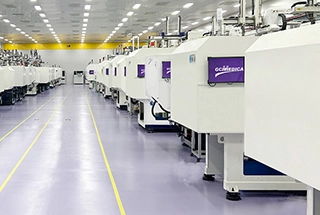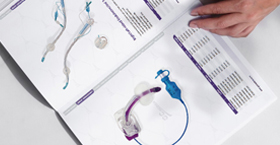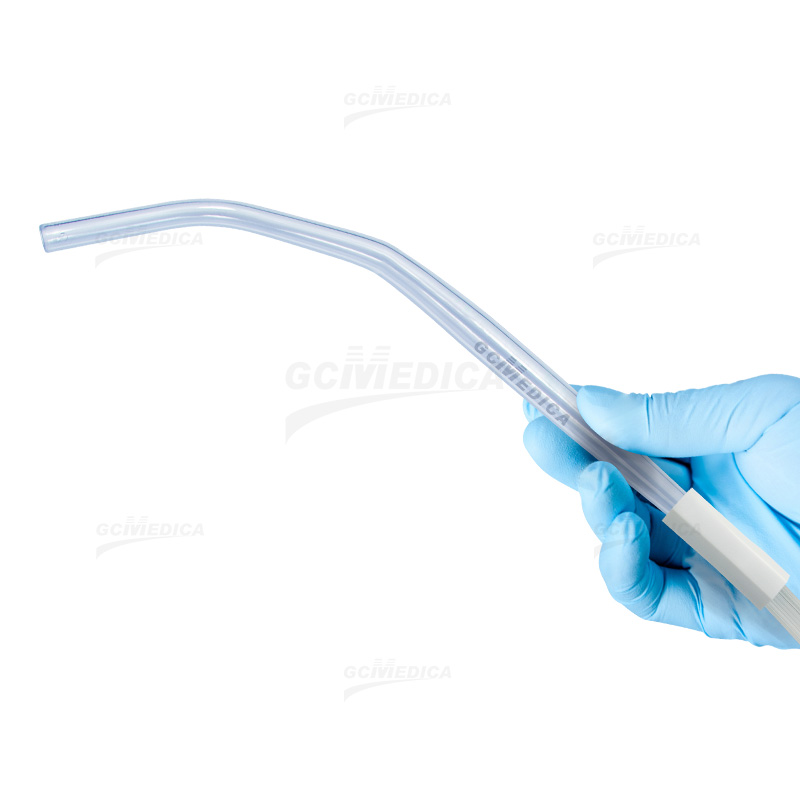The DuCanto catheter and the Yankauer suction tip are both widely used in airway management and suction procedures, yet they serve distinct clinical needs based on their design and performance characteristics. The DuCanto catheter is a specialized, wide‑bore, flexible suction catheter engineered to rapidly evacuate large volumes of thick secretions, blood, or vomitus from the oropharynx and upper airway. Its atraumatic, soft tip minimizes mucosal injury and coughing reflex during insertion, and its large internal lumen (typically 10 mm or more in diameter) allows high flow rates, reducing the risk of occlusion by viscous material. DuCanto catheters are especially valued in emergency and pre‑hospital settings where rapid, effective suction of particulate‑laden fluid can be lifesaving.
In contrast, the Yankauer suction tip is a rigid, hard‑plastic or metal device with a relatively narrow lumen (around 4–6 mm in diameter). Originally developed for use in the operating room, it provides controlled suction of saliva, blood, and other fluids during surgical and dental procedures. The curved handle and anatomically contoured tip allow the clinician to direct suction precisely, while the integrated thumb port on the handle enables modulation of suction strength without disconnecting from the tubing. Though versatile, the Yankauer’s smaller lumen can become clogged when aspirating thick secretions, requiring frequent withdrawal and cleaning.
Key differentiators include flexibility versus rigidity, lumen diameter, flow capacity, and intended setting. The DuCanto catheter’s flexibility and larger bore make it ideal for emergency airway clearance, while the Yankauer’s rigidity and ergonomic handle suit controlled removal of fluids in the sterile field. Both devices are typically single‑use disposables to minimize cross‑contamination, though reusable metal Yankauers are still found in some surgical suites.
When selecting between the two, clinicians should consider the viscosity and volume of secretions, the need for rapid large‑volume evacuation, and the procedural context (emergency airway management vs. surgical field suction). In many advanced airway algorithms, having both devices available provides versatility: the DuCanto for initial large‑volume clearance, followed by the Yankauer for fine‑tuning and ongoing fluid control.
| Feature | DuCanto Catheter | Yankauer Suction Tip |
|---|---|---|
| Design | Flexible, wide‑bore tube | Rigid, contoured plastic/metal tip |
| Lumen Diameter | ≥ 10 mm | 4–6 mm |
| Tip | Soft, atraumatic | Hard, anatomically shaped |
| Flow Rate | High (minimizes occlusion) | Moderate (may clog with thick fluids) |
| Thumb Port | None (continuous suction) | Integrated (variable suction control) |
| Typical Use | Emergency airway clearance, pre‑hospital | Surgical, dental, controlled field |
| Advantages | Rapid large‑volume removal; gentle tip | Precise directional control; suction modulation |
| Limitations | Less precise targeting; no suction adjustment | Smaller bore; prone to clogging with viscous secretions |
| Packaging | Sterile, single‑use disposable | Sterile disposable or reusable option |
By understanding these differences, healthcare providers can optimize airway management protocols and fluid control strategies, ensuring both efficacy and patient safety.
| Yankauer Suction Handle > | |
| DuCanto Suction Catheter > |

 Français
Français Español
Español Products
Products
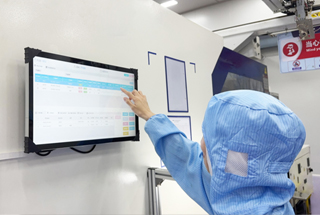
 About Us
About Us




